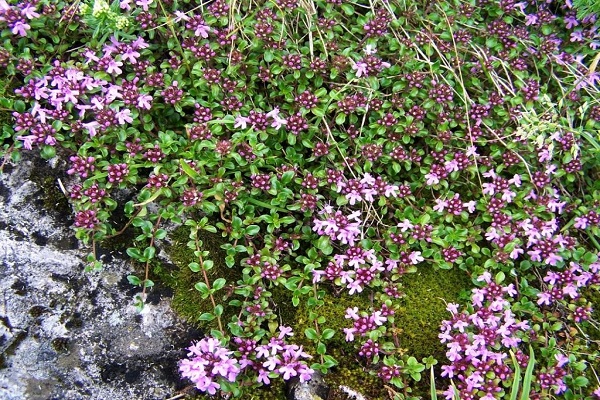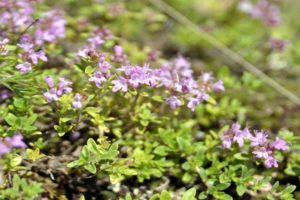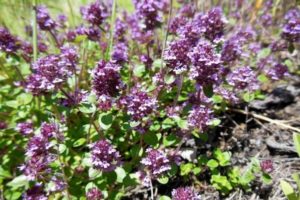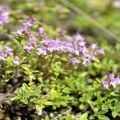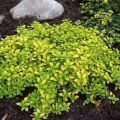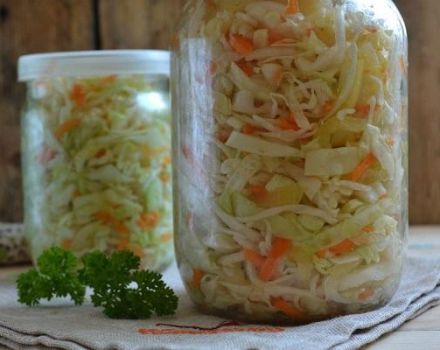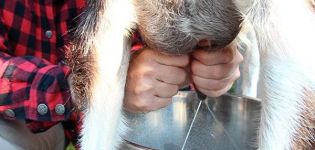Growing thyme in the Urals, planting and care features
Thyme, thyme, oregano are the names of one plant. Many gardeners today are trying to plant a garden plant in their own backyard plots, which is due only to the large number of beneficial properties of the plant and the pleasant aroma of the bushes. For successful cultivation of thyme in the Urals, it is recommended to learn in advance about the features of planting and care.
Features of growing thyme in the Urals
Thyme is able to grow as a wild crop in the conditions of the South Urals. A wild plant grows where there is rocky, sandy soil, soil rich in black earth.
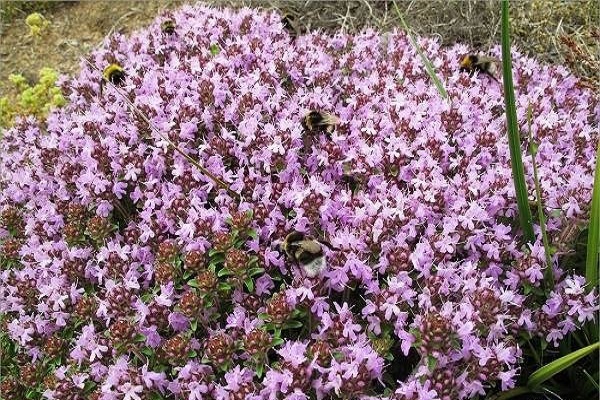
To be able to grow in more northern regions, it will be necessary to provide the bushes with the necessary conditions. If you want to plant a plant in the garden, it is recommended to take into account the following plant features:
- has a good ability to tolerate drought, therefore, it is not demanding on watering;
- tolerates stressful situations well;
- demanding on the sufficiency of light, therefore, it is necessary to choose sunny open places for planting;
- able to germinate on any soils, with the exception of clay;
- propagates well by seeds or dividing bushes.
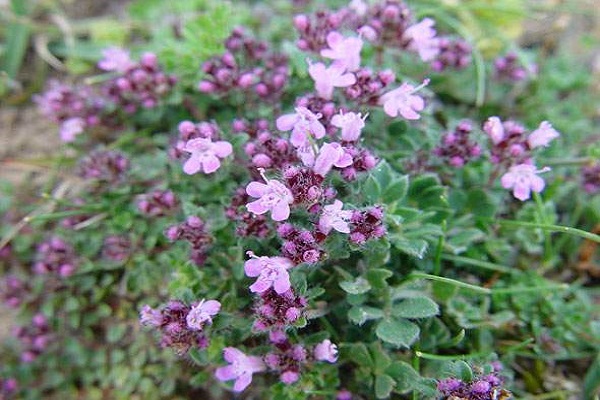
This herb is used as a tea, seasoning, as a perfume and an ingredient in cosmetics. Due to its bactericidal and expectorant properties, the plant is often used as an ingredient in traditional medicine recipes. The inflorescences of bushes have the ability to attract bees, so the plant is an excellent honey plant.
Landing dates
Planting dates depend on the chosen method of growing the plant. Work with seeds to obtain seedlings is carried out in March. When sowing seeds in the ground, the best time is the moment when the soil warms up sufficiently, when the soil warms up to positive temperatures. In the Urals, the seedling method is the most popular.

Soil preparation
Thyme loves nutritious light soils that do not have high acidity levels. The plant looks great on alpine slides, as a framing for paths and near artificial ponds. Vegetable crops are considered the best predecessors. It is recommended to choose a separate territory for growing thyme, since it takes an average of 5 years until an adult plant is obtained.
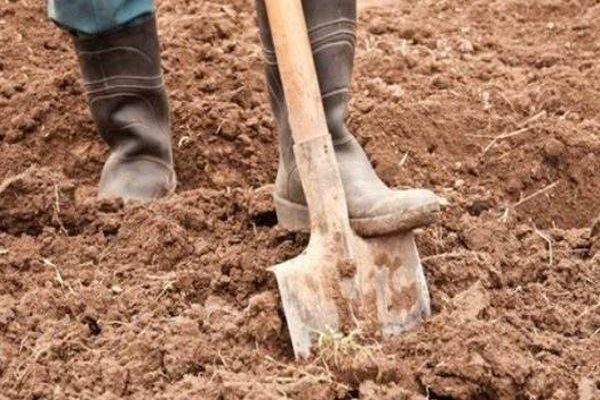
Soil preparation is as follows:
- in the fall, the planting site is carefully dug up, removing weeds and the remnants of foreign crops;
- apply fertilizers in the form of rotted manure and superphosphate;
- in the second half of April, the soil is carefully dug up, leveled so that there are no lumps, fertilizer is applied in the form of urea.
Next, land is carried out by any of the selected methods.
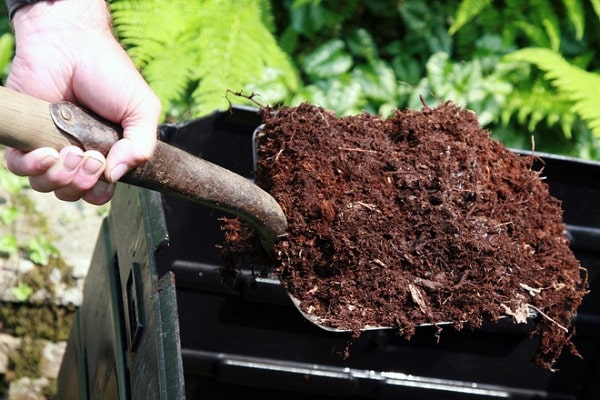
Landing
Planting can be carried out by sowing seeds in the ground, by a seedling method of dividing bushes. Thyme seeds sprout slowly and the plant grows for a long time, so the second option is often used in the Urals.
The seeds are sown directly into the ground, leaving 40 cm between rows. The seeds do not need to be buried; it is enough to sprinkle 1 cm of river sand on top. The optimum temperature for germination is considered to be +20 C. In connection with this feature, after planting, the sowing site is covered with a film, providing such actions with better seed germination. The first shoots appear together in 15 days.
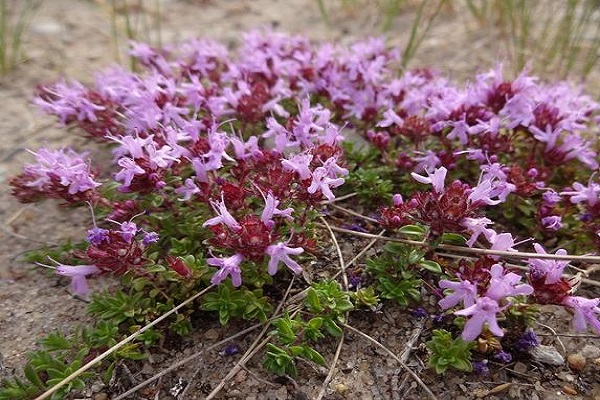
When choosing a seedling method, sowing seeds is carried out in mid-March, covered with a small amount of sand on top. For the possibility of planting seedlings in the ground, the age of the bushes should be 70 days. A distance of at least 30 cm is left between the rows.
Reproduction by dividing the bushes is carried out before the onset of cold temperatures. For this, the plant is completely dug up and divided into parts. The size of each of them must be at least 5 cm. Each individual bush is rooted under a jar or in a greenhouse. Planted in the desired place after the formation of the root system.
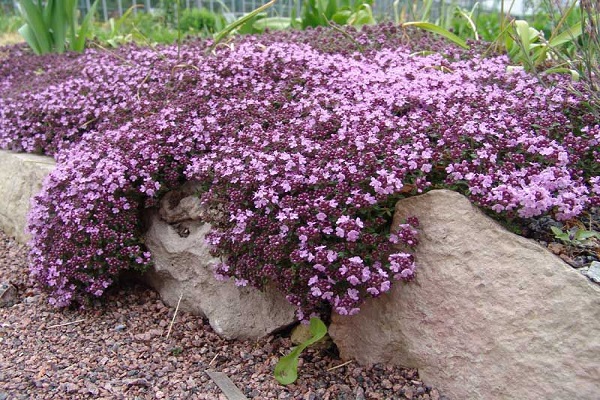
Care
Care consists in carrying out periodic loosening of the soil, weeding and watering. When pruning thyme bushes to the woody part, the shoot formation will be better and they will be more compact. The decision on the need for feeding is made individually, depending on the quality of the soil and the health of the plant.
Once every 2 years, the plant is planted, otherwise the flowers become much smaller in size. Recommendations for planting and selection of soil are similar to the method of reproduction by division.
Despite the good qualities of resistance to winter frosts, in the conditions of the Urals, it is recommended to close the plantings during this period. Before the onset of a cold snap, the bushes are watered and covered with lutrasil, cardboard, peat, fallen leaves. In the spring, the protection is removed, with the help of a pruner, the frozen and dried branches are cut off.
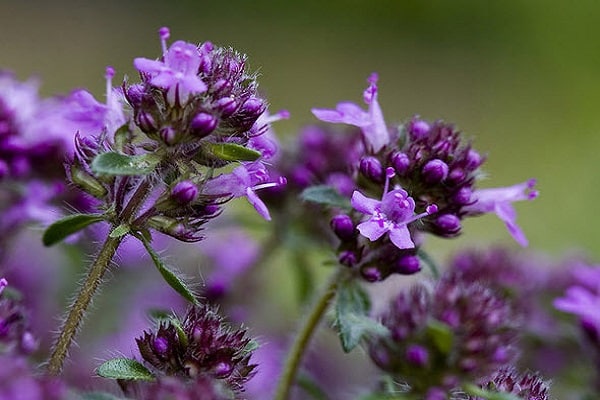
Watering
Watering should be moderate. Thyme does not like excessive waterlogging and does not tolerate soil acidification. With sufficient natural precipitation, soil moistening is not carried out. In hot summer, it is enough to water no more than twice a week.
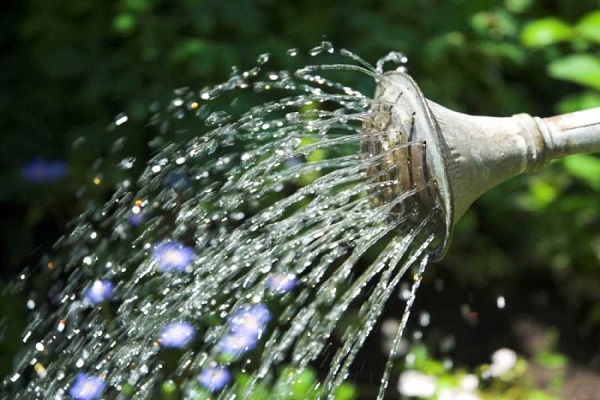
Top dressing
The plant does not need a large amount of fertilizing, but additional fertilization into the soil has a beneficial effect on the formation and flowering of the plant. For such purposes, use:
- ammonium;
- potassium salt;
- ammonium nitrate;
- superphosphate.
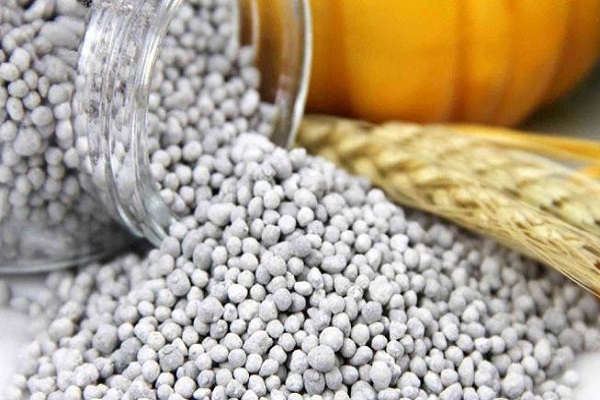
Fertilizers are applied to the soil when preparing the soil for future planting in autumn and spring. It is enough to add 1 m in autumn2 a glass of wood ash and 40 grams of superphosphate. Immediately before planting, the soil is carefully loosened to a depth of 10 cm and applied for every 1 m2 a teaspoon of urea.
After cutting, you can feed the plant with a solution of a liquid mullein or a complex of mineral fertilizers, which can be applied from the second year of the life of a garden culture. Thyme does not tolerate the introduction of fresh manure into the soil.
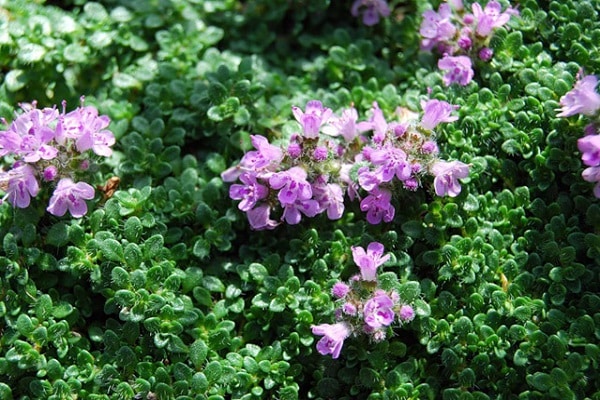
Pests
Thyme is resistant to various pests. The spicy smell of the plant repels many harmful insects, so the plant is often used for such purposes in personal plots. The main pests are considered to be weevils, aphids, meadow moths. Most often, the bushes are affected by aphids. For prevention, the following solution is used:
- soda ash 1 tbsp. l .;
- litere of water;
- laundry soap.
This means the affected bushes are treated.
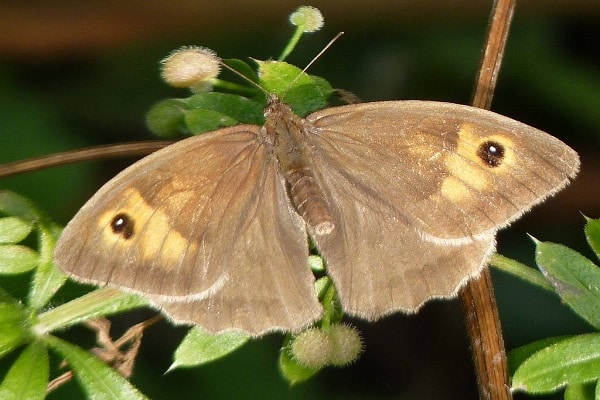
Diseases
Diseases rarely affect thyme and their appearance is mainly associated with non-compliance with the rules for caring for the plant.Excessive watering and untimely removal of the grass lead to the appearance of fungal diseases. Prevention is the introduction of lime or alkaline fertilizers into the soil.
Harvesting
Harvesting of thyme for medicinal use is harvested at the time of flowering, which lasts through August. For this, the aerial part is cut off with scissors or pruners, placing it in a basket. In most cases, natural drying is used for storage. The use of special dryers is not recommended, as this will volatilize essential oils.
